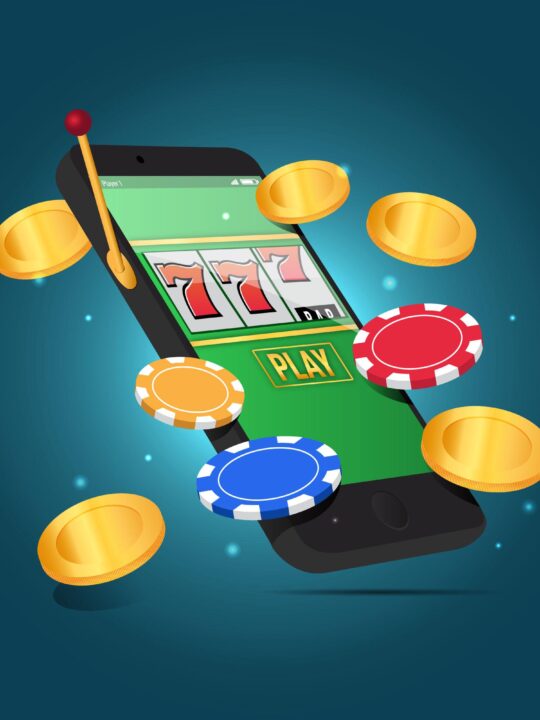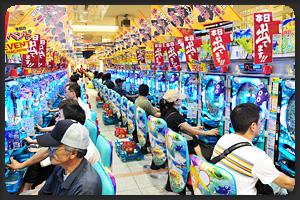
Pachinko is a Japanese-style slot game which resembles a pinball machine. This game is popular throughout Japan, where it can be found at thousands of Pachinko parlours in the island nation. It is estimated that some 30 million people enjoy Pachinko in Japan. Statistics suggest that the total value of the balls in Pachinko machines is worth an estimated $300 billion. Such is the popularity of this game in Japan, that player contributions of $40 billion per annum have been reported. In fact, the total value of revenues generated by Pachinko is greater than the total value of automobile production in Japan. An article in Fortune magazine revealed that this popular Japanese slot machine game generates more revenue than the total value of Macau gambling activity, and Las Vegas gambling activity combined.
In December 2016, new Japanese legislation was passed, allowing casino gambling throughout the country. This broke a decades old impasse, and is expected to contribute a sum of $10 billion to government coffers over time. According to Daiwa Research Institute (DRI), legalized gambling could add as much as 0.2% of Japanese gross domestic product. Now, consider that Pachinko already generates 20 times that amount, or 25 trillion Japanese Yen, amounting to 4% of Japanese gross domestic product. The total value of Macau’s annual gaming revenue is expected to reach $25 billion in 2017, according to the head of the Macau government.
New Gambling Laws in Japan
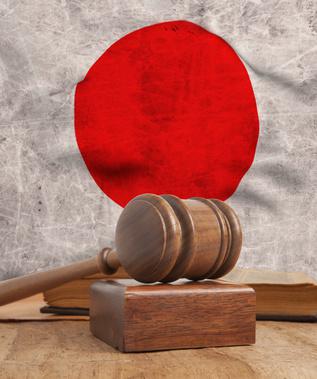
Before December’s gambling legislation was passed, Japanese gambling activity was restricted to motorcycle races, horseracing, bicycle racing, boat betting, lottery tickets, and Pachinko games. The industry peaked in 2005, and current statistics point to some 11,000 Pachinko parlours throughout Japan. Compared to 1995, that figure is down 40%. The game is designed as a fun-filled activity where players frequent Pachinko halls.
There are two types of machines that players can choose – Pachislot (Pachinko Slot Games) and Pachinko. The game resembles a pinball machine, except that there are no flippers. The metal balls are known as Pachinko Dama, and there are a myriad of Pachinko-style machines that players can enjoy. The other version of the game is Pachislot. Here, players are required to form 3 identical icons on the paylines. You are tasked with forming winning combinations on the paylines.
Pachinko Slot Games
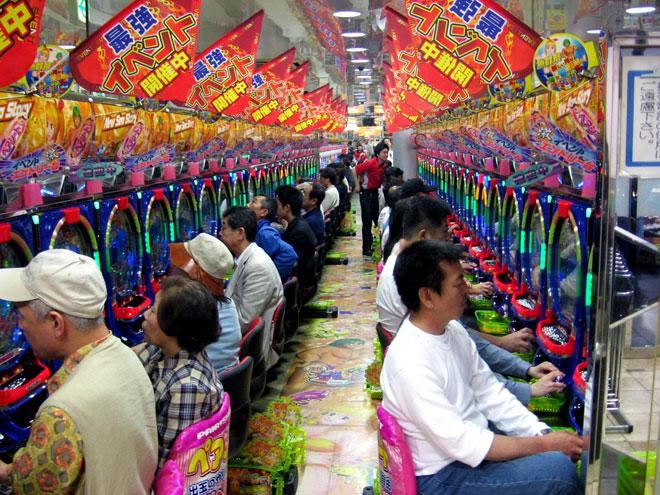
In the US, Pachinko slots are a novelty, but they are growing in popularity with Asian players in Las Vegas and Atlantic City. The machine features a vertical playing field which is boxed in a case. There are hundreds of pins or brass nails, and scores of small Pachinko balls. Players rent these balls from the Pachinko Parlour and they can be redeemed for different types of prizes. These metal balls are shot into the machine with a flipper and then they bounce through a smorgasbord of pins.
When they land in various pockets, different winning combinations are triggered. Depending on the age of the Pachinko machines, you can enjoy fully electronic video-style Pachinko slot machines, or antique Pachinko machines which are mechanical in nature. While the number of Pachinko parlours has diminished in recent years, interest remains high. Each of these parlours plays host to several hundred Pachinko slot machines and standard Pachinko machines. Local government requires that they contribute a small percentage of the profits to charities, or bicycle races.
What Pachinko Prizes can you Win?
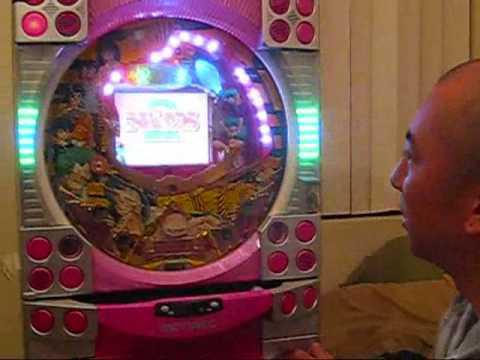
The look and feel of a Pachinko parlour is best described as ostentatious. They intentionally use bright colours, tacky designs, and neon lighting to attract players and keep energy levels high. The noise in these establishments is deafening, what with bells sounding, whistles blowing and all sorts of electronic noises filling the air. Players describe it as nothing short of a sensory overload, yet they enjoy the high-energy infused appeal of Pachinko games. To get started with Pachinko, you must buy a box of steel balls.
You typically purchase 250 balls for use in the game and they are engraved with symbols or icons that are specific to the Pachinko parlour in question. As you win more of these steel or brass balls, you can exchange them for prizes. The attendants typically wear brightly coloured yellow attire, and they assist players with carrying the trays of balls to the counter. A jet counter rapidly counts all the balls and issues a slip indicating how many you have, and what prizes you can redeem them for.
These typically include perfume, books, music CDs, cigarettes and pencils. However, you can also use these slips to redeem your Pachinko winnings for real cash. This is a secondary market that has grown immensely big in Japan, and people who regularly play the game always use this option to redeem their winnings. As current gambling laws prevent Pachinko parlours from offering gambling-style games, this secondary market is a thriving enterprise. Fortunately, when you play in regulated jurisdictions at online slot venues and online casinos, you don’t need to worry about redeeming online winnings for real cash. If you were in Japan and you didn’t know about these cash prizes, you would probably find yourself winning things like bottles of beer, disposable lighters, CDs, digital cameras, CD players, compact stereo systems, sunglasses and necklaces.



